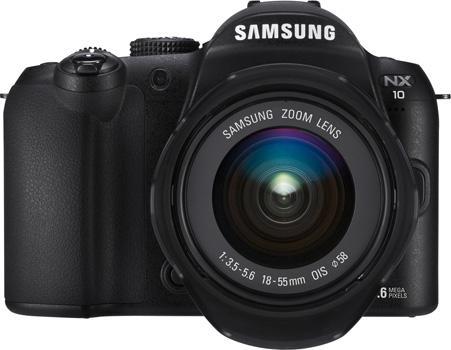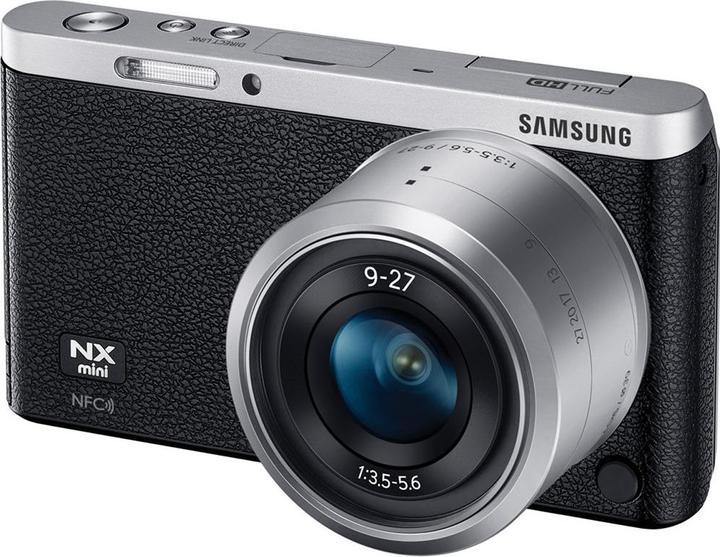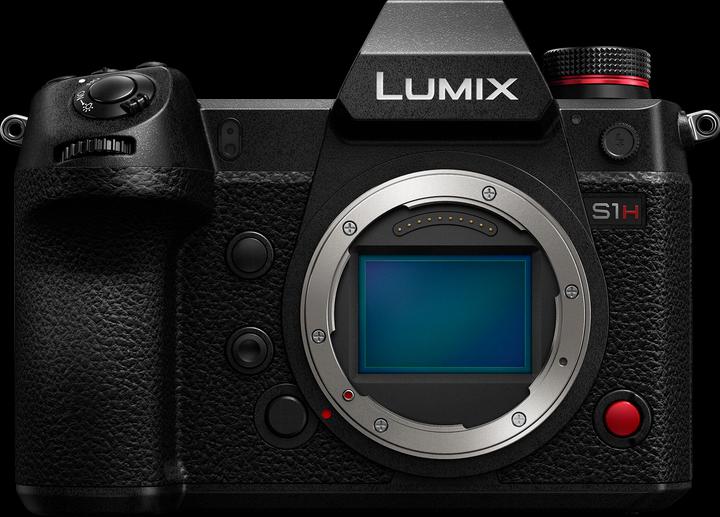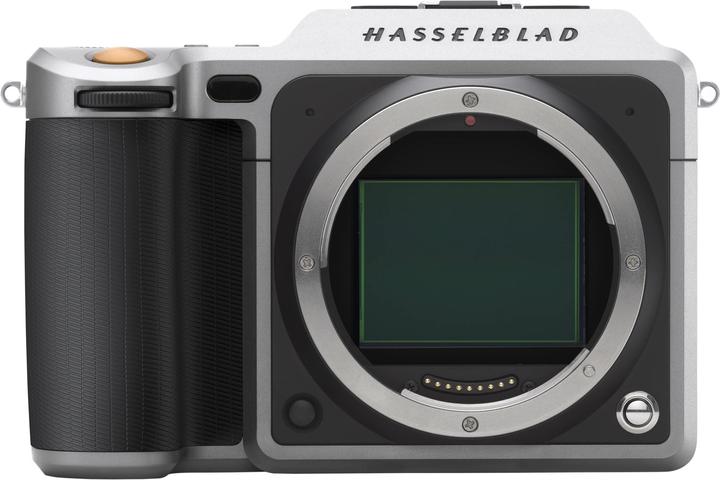

From Alpha to Z: The decade of new camera systems
At least twelve new camera systems have been launched on the market in the last ten years. Some of them no longer exist. A look back.
Not just a year is coming to an end, but an entire decade. So it's worth taking a look back at camera developments. It is striking how many new camera systems have come onto the market in just ten years. Some of them no longer exist. Others are a complete success. By a camera system, I mean the total number of cameras and lenses that are compatible with each other without adapters.
In the following, there is a lot of talk about sensor sizes, as this is an important feature of a camera system. Here is therefore an overview of the sizes and their designations.
Sony Nex (2010), today Sony Alpha
Sony was an early adopter of mirrorless cameras. The Sony Nex-3 and Nex-5 from 2010 were among the first mirrorless cameras with an APS-C sensor. They were very compact and used the E bayonet. Mirrorless full-frame cameras have also been part of the range since 2013 - a comparatively long time ago.
The name "Nex" no longer exists today, but the system does. Sony has called all system cameras "Alpha" since 2014. A distinction between Nex cameras and Alpha cameras is no longer necessary because Sony no longer manufactures cameras with mirrors.

Samsung NX (2010)
The first mirrorless APS-C system was not launched by Sony, but by Samsung shortly before. In contrast to the Nex-5, the NX10 had more of an SLR camera design. By the standards of the time, it was absolutely competitive.
The NX system no longer exists. Its end is rather strange. In 2014, Samsung launched the NX1 - an absolutely outstanding camera by the standards of the time. I mean, 15 images per second at a resolution of 28 megapixels is still very okay, even by today's standards. Plus a rotating and swivelling LCD, a very good OLED viewfinder, 4K video with 4:2:2 output via HDMI, WLAN, Bluetooth, USB 3.0, second control screen, magnesium body - the specs were a frontal attack on the entire camera market. Operation was also said to be good. The testers from dpreview.com gave it the Gold Award.
It is unclear why Samsung soon cancelled the NX system. One thing is clear: photographers are reluctant to switch to a new system. Especially when the lens selection is quite limited. Which was the case with the NX system, as with every new system.
Pentax Q (2011)
Pentax Q was the smallest camera system in the world. It used a 1/2.3-inch sensor - even smartphones now sometimes have larger sensors. Pentax presumably wanted to differentiate itself from the competition, as there was nothing like it before. And not even afterwards.
But who wants to change lenses on a compact camera where even 20x zooms don't take up any space? Somehow the concept didn't work out. The last Q camera came onto the market in 2014.
Nikon 1 (2011)
The Nikon 1 system didn't last long either. Here, too, the idea was to enable particularly handy cameras with a small sensor. However, the sensor was slightly larger at 1 inch and Nikon focussed heavily on speed. Nevertheless, it didn't work.
Fujifilm X (2012)
In 2011, the Fujifilm X100 was released - a camera that blew my socks off. Sensationally good noise behaviour, elegant workmanship, practical operation. But the X100 was not a system camera, it had a fixed lens. A year later, Fujifilm launched the X-Pro1, a system with the same features: APS-C sensor, classic manual operation and retro design.
The recipe for success of the X series still consists of these ingredients today.
Canon EOS M (2012)
Canon's entry into the mirrorless world was unspectacular: at the time, it was simply another system with an APS-C sensor. The special feature was the adapter, which provided access to the huge range of SLR lenses. The Canon EOS M system still exists today. It is still not very spectacular - but solid. It is particularly popular among beginners.
Samsung NX mini (2014)
Because I wasn't working as a photo editor in 2014, I wasn't aware of this system at all. It was probably the shortest-lived system ever. If I understand correctly, there was only one camera for it: The Samsung NX mini. That was an interchangeable lens camera with a 1-inch sensor.
L-mount from Leica, Panasonic & Sigma (2014)
Leica has been using the L-mount for mirrorless APS-C cameras since 2014 and for full-frame cameras since 2015. Panasonic and Sigma have also been using this system since 2018. It is therefore likely to gain in importance.
Hasselblad X (2016)
Hasselblad launched the X1D-50c in 2016 - and with it a system for mirrorless medium format cameras. This was a fallow market: the only comparable camera was the Pentax 645D from 2010, which was significantly beefier.
Fujifilm G (2017)
Hasselblad was unable to capitalise on the situation for long. Just one year later, Fujifilm also launched a medium format system. The GFX 50s was at least more attractive in terms of price. Today, there are already three medium format cameras from Fujifilm.
Nikon Z (2018)
Nikon had no mirrorless cameras with large sensors for a very long time. This finally changed last year. The Z system first brought two full-frame cameras and then, in 2019, the first APS-C camera, the Z50. Like the SLR system, the Z system is also used for both sensor sizes.
Canon EOS R (2018)
I hear there are people who can't tell Canon and Nikon apart. In fact, the two traditional manufacturers always keep a close eye on each other and act accordingly. Almost simultaneously with Nikon, Canon also launched a mirrorless system for full-frame cameras. However, this is exclusively for the large format - Canon already has the EOS M for the smaller sensors.
Why so many new systems?
The main reason for the glut of systems is the switch from SLR to mirrorless. In principle, SLR lenses cannot be attached to a mirrorless camera without an adapter. A new system is needed. This is because the mirror box increases the distance between the lens and the sensor. The adapters do nothing other than restore the original distance (and forward the electronic signals).
The other reason is to occupy a niche, a field that is not yet very competitive. In the case of small sensors (Pentax Q, Nikon 1, Samsung NX Mini), this has not worked. However, it did with the large medium format sensors (Hasselblad, Fujifilm). For a long time, mirrorless full-frame cameras were also a niche in which Sony was able to establish itself. Things are getting tight there now. I don't expect Olympus, Fujifilm or Pentax (Ricoh) to want to squeeze in there as well. <p
My interest in IT and writing landed me in tech journalism early on (2000). I want to know how we can use technology without being used. Outside of the office, I’m a keen musician who makes up for lacking talent with excessive enthusiasm.












